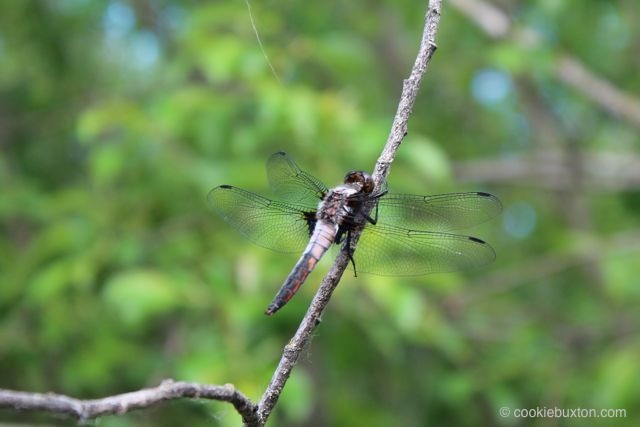Dragonfly
Dragonfly.
Order: Odonata; Suborder: Epiprocta; Infraorder: Anisoptera
Dragonfly. What a great name to assign to these hard working predator insects. Apart from any utilitarian reason for liking dragonflies, they are in their own right simply wonderful to watch. They are so beautifully primitive looking, and besides being “good looking,” they are also listed among the fastest flying insects in the insect world. It is exciting to imagine times past, during the Permian period, when there was a type of dragonfly called the Protodonata. This insect is described as having had a wingspan measuring between 27 and 29.5 centimetres.
Dragonflies are such a welcome sight in my garden. The mosquito count in my city has been down significantly for several years, and although increasing the dragonfly population is only one part of the strategy, it is a welcome “green” solution. Dragonflies do eat other insects besides mosquitoes – the occasional bee and butterfly sometime show up on the menu – but there are plenty of mosquitoes to keep these fast flyers occupied without them having to prey heavily on our beneficial insects.
In the backcountry, along the river routes and edges of the marshlands, dragonflies are quite plentiful. This is the kind of country they like, with lots of wetlands for producing the next generations.Yet they do show up in city gardens, and are certainly present in mine, soaring over the fences into neighbouring gardens and back again to mine in pursuit of their next meal.
2014-01-11 Update: Since creating this earlier post, I have been able to identify the dragonfly featured in the photo above. Click on the highlighted text to link to the post on the chalk-fronted corporal dragonfly.
Photo & Text: NK
Copyright: cookiebuxton.com
